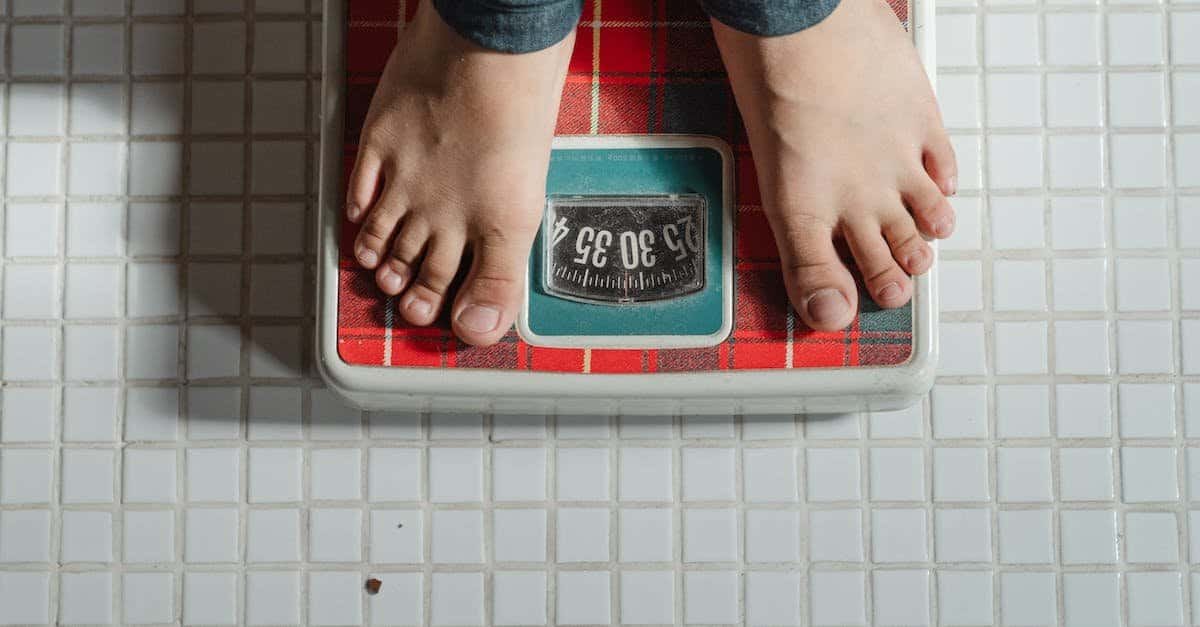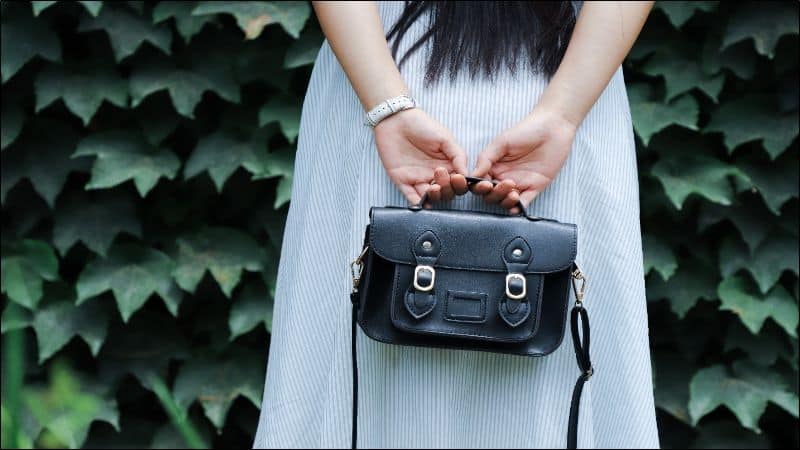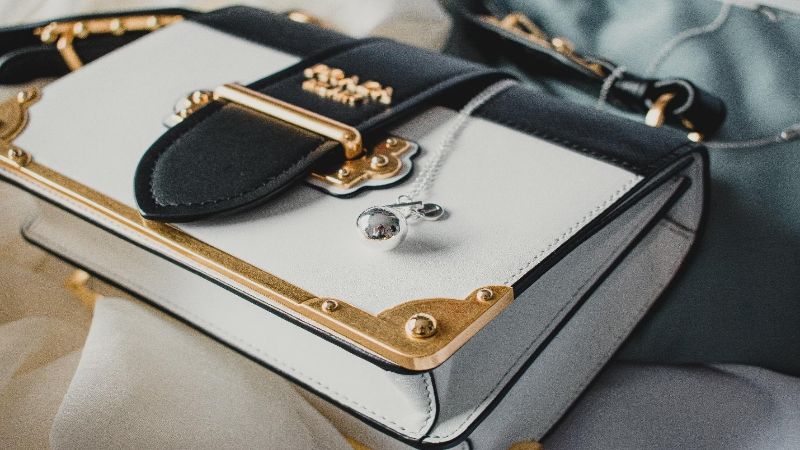Ever wondered how much your empty handbag actually weighs? It’s something you carry around every day, but its weight when it’s not filled to the brim with your essentials might surprise you.

Knowing the weight of your handbag is more than just a quirky fact. It’s essential for travel, especially when you’re trying to avoid those pesky excess baggage fees. Let’s dive into the world of handbags and discover just how many kilograms they’re adding to your load before you even start packing.
The Importance of Knowing the Weight of an Empty Handbag
Knowing the weight of your empty handbag ensures you’re not caught off guard by extra charges at the airport. Airlines have strict baggage policies, and every kilogram counts. By being aware of your handbag’s weight, you can pack smartly and use the allowance to its full potential.
Consider the moments when you’re out shopping, clinging to your stylish accessory. The extra weight of the bag before you even fill it can lead to unnecessary strain on your shoulder. You don’t want to exacerbate this with a heavy design. Opting for lightweight materials and smart construction can be a game-changer for both your comfort and outfit cohesion.
Within the fashion industry, the drive for functionality is key. You know that even the most stunning handbag loses its appeal if it’s impractical. Think of the materials in use: Leather bags can weigh more than synthetic alternatives. Metal accents, although chic, add to the heft. Is the trade-off worth it? That’s for you to decide with the right information at hand.
In today’s market, there’s an increasing trend towards minimalism and efficiency in accessories. Brands are streamlining designs without sacrificing style. As an enthusiast, you have an array of options available that meld form with function. Taking note of an empty handbag’s weight helps you lead the way in making informed choices for both style and ease of use.
For the environmentally conscious, weight translates to more than just convenience. Heavier bags often require more material and energy to produce, contributing to a larger carbon footprint. By opting for lighter options, you’re not only making a choice that benefits you but also making a statement about the values you support in the industry.
Factors Affecting the Weight of Handbags
When you’re in the market for a new handbag, you might not immediately think about how much it weighs when empty. However, the weight of a handbag before you even start packing it is crucial for convenience and comfort. A variety of factors play into how heavy your handbag might be when it’s not loaded with your essentials.
Material is a significant factor. Leather bags often weigh more than those made from synthetic fabrics or canvas. The thickness and quality of the leather also impact the weight. A full-grain leather bag, known for its durability, will surely add a few more grams compared to a bag made of lighter materials, such as nylon.
Hardware can add extra weight too. Consider the clasps, zippers, studs, and metal chains often used as stylistic elements. A bag adorned with heavy metalwork might look fabulous, but it certainly won’t be the lightest option in your closet.
The size and structure of the bag are also contributors. Larger bags require more material, which adds weight. Additionally, a structured handbag that holds its shape even when empty will likely weigh more due to internal framing or reinforcement.
Don’t overlook the design. Extra pockets, compartments, and embellishments aren’t just for style; they contribute to the overall weight. A simple tote will generally be lighter than a multi-pocketed satchel with decorative features.
Lastly, the brand and construction method can influence the weight. Designer bags sometimes use higher quality, and thus heavier, materials. Moreover, hand-stitched bags can weigh more due to additional reinforcements and the type of stitching used.
Keep these factors in mind as you weigh your options—literally. Consider how the design and material of the handbag align with your needs for something featherlight or if you’re willing to carry a bit more weight for style and durability. Remember, a lighter bag means you can pack more before hitting those dreaded airline limits, all while maintaining ease of carry throughout your day.
Materials Used in Handbag Manufacturing
When you’re eyeing that perfect handbag, you may not think about what it’s made from, but materials play a huge role in its weight. Leather is a classic choice, known for its durability and luxe appearance. However, it’s also heavier than many materials. Full-grain leather might add more heft, while thinner, treated leathers like patent are on the lighter side.
Synthetic fabrics, such as nylon and polyester, are often used in more affordable handbags. These materials are lightweight and can shave off a few precious grams from your carry-on. They’re also easier to clean, which is a bonus when you’re on the go.
Then there’s canvas – a staple in the handbag world. It’s durable like leather but typically lighter, making it a solid choice for those who need durability without additional weight. Yet, it’s the combination of materials that often catches you off guard. Hardware such as zippers, clasps, and metal decorations can sneakily increase the overall weight.
The interiors matter too. Linings are mostly light materials like cotton or synthetic silk, but excess compartments and padding might bulk up the bag.
Here’s a quick rundown of common materials and their approximate weight contribution:
| Material | Weight Contribution (kg) |
|---|---|
| Leather | 0.5 – 1.2 |
| Synthetic Fabric | 0.2 – 0.5 |
| Canvas | 0.3 – 0.8 |
| Hardware | 0.1 – 0.3 |
« Gigi Handbags’ Secrets: Discover Where and How They’re Crafted
Do You Wear a Handbag? Uncover What Your Style Reveals About You »
Remember, these are just estimates, and the actual weight can vary based on thickness, size, and construction.
Don’t be fooled by exotics – materials like python or alligator skin. While they scream luxury, they can be surprisingly light if crafted thinly. On the contrary, cheaper bags might use dense, heavy materials to mimic sturdiness, tipping the scales inadvertently.
As you dive into the world of handbags, keep these material weights in mind. Your shoulders will thank you.
Average Weight of Different Types of Handbags
When you’re on the hunt for the perfect handbag, knowing the average weight of different types is key. This way, you can anticipate how much extra weight you’ll be toting around before you even fill up your bag with daily essentials.
Clutch bags, sleek and designed for elegance, are typically the lightest option. On average, an empty clutch weighs in at around 0.5 kg or less. They’re ideal for evenings out when you need just the bare essentials.
Moving on to shoulder bags, you’ll find a bit more heft due to their larger size and additional hardware. These bags usually start at about 0.7 kg. They’re perfect for everyday use, offering ample space without the weight becoming too burdensome.
For those who need more room, tote bags offer the space without too much added weight. Crafted from materials like canvas or leather, the average empty tote can weigh from 0.75 kg to 1.2 kg. Totes are great for work or shopping excursions, balancing capacity with manageability.
Satchels and crossbody bags present a middle ground. Built to be durable yet comfortable for long-term wear, expect these bags to weigh between 0.8 kg to 1.5 kg.
Finally, laptop bags and briefcases are constructed to protect electronics and documents, hence they’re often heavier. An average laptop bag might start at 1 kg, but with added padding and compartments, they can weigh as much as 2 kg.
Here is a quick rundown of the average empty weights:
| Type of Handbag | Average Weight (kg) |
|---|---|
| Clutch | 0.5 or less |
| Shoulder Bag | ~0.7 |
| Tote Bag | 0.75 – 1.2 |
| Satchel/Crossbody | 0.8 – 1.5 |
| Laptop Bag/Briefcase | ~1 – 2 |
Remember, these weights are averages and can vary based on design, brand, and materials used. Keep this info in mind next time you’re handbag shopping – it’s about striking that perfect balance between style, function, and weight.
Tips for Choosing a Lightweight Handbag
When hunting for a handbag that won’t weigh you down, consider the material. Leather might look chic but it’s often heavier. Opt for bags made from canvas, nylon, or even synthetic leathers; they’re typically lighter. Check the hardware too. Bags with minimal metal components and trimmings offer less heft.
Size matters in your quest. Smaller bags inherently weigh less. If you need more space, look for a larger bag with a lightweight structure. Ignore the temptation of oversized options unless they use ultra-light materials.
Evaluate the straps and handles. Thicker, padded straps add unnecessary weight. Choose ones that are slim yet durable. Look for adjustable straps too; they provide flexibility without adding bulk.
Be mindful about pockets and compartments. While they help with organization, too many can make a handbag heavier. Prioritize what you need. Do you really use all those extra zippers and sections? Stick to designs with just enough organization to meet your needs.
If you can, test the weight of the bag in the store. Lift it, place it on your shoulder, and imagine it with your items inside. If it feels heavy now, it’ll be much heavier once it’s full. Trust your instincts on what feels comfortable.
Notice the bag’s stitching and seams. Not only do they contribute to durability, but they can also add weight. Finely crafted bags tend to balance durability with material use, avoiding unnecessary mass.
Choosing a lightweight handbag isn’t just about the numbers. It’s about feeling comfortable and unburdened throughout your day. Keep these tips in mind and you’ll find a handbag that’s both stylish and easy on the shoulders. Remember, the right bag is out there; it just takes a little searching and understanding your priorities.
Conclusion
So there you have it, your ultimate guide to picking a handbag that won’t weigh you down. Remember to touch and feel the materials, scrutinize the hardware, and consider the size and structure. A lightweight bag can make all the difference in your day-to-day comfort. Don’t forget to give those straps a good look and think about what you really need in terms of pockets and compartments. With these tips, you’re all set to find that perfect, featherlight companion for your adventures. Happy handbag hunting!
Frequently Asked Questions
What materials should I choose for a lightweight handbag?
Opt for materials like canvas or nylon instead of leather; these fabrics are generally lighter and make for easy-to-carry handbags.
Are metal components in handbags significant in terms of weight?
Yes, metal components and trimmings can add considerable weight to a handbag. Choosing bags with minimal metal parts can help keep the bag light.
Does the size of the handbag affect its weight?
Smaller bags are naturally lighter. If lightweight is a priority, consider choosing a handbag that is small to medium in size.
What kind of straps and handles are best for a lightweight handbag?
Look for handbags with slim, yet durable straps and handles. They provide comfort without adding unnecessary weight.
Do pockets and compartments in handbags contribute to the weight?
Yes, multiple pockets and compartments can increase the weight of the bag. It’s important to balance the need for organization with the desire for a lightweight bag.
How can I check the weight of a handbag before purchasing?
It’s best to test the weight of a handbag in-store by picking it up and assessing how it feels, ideally with some of your items inside.
Do stitching and seams affect the weight and durability of a handbag?
The quality of stitching and seams can contribute to both the durability and the weight of the handbag. Reinforced areas might add some weight but provide durability.










